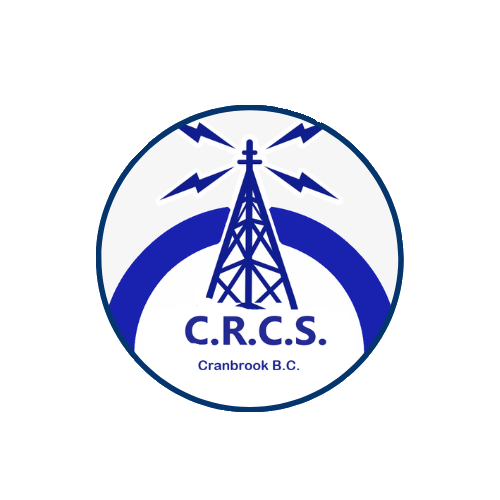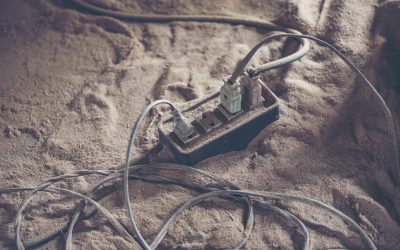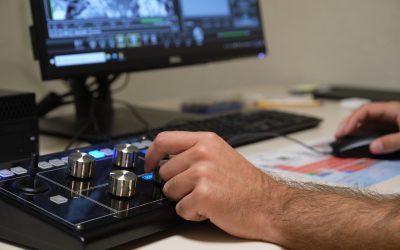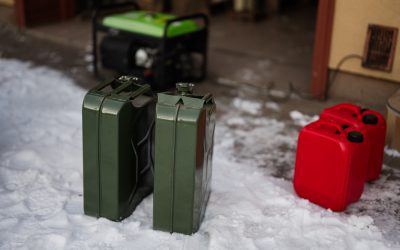If you’re new to amateur radio, one of the best ways to get started is with a handheld radio, often called an HT (handie-talkie). These compact, portable transceivers are ideal for local communications, emergency preparedness, and getting a feel for ham radio operations. At Cranbrook Radio Club Society (CRCS), we believe every beginner deserves equipment that is reliable, accessible, and suited to learning. That’s why we’ve compiled this 2025 guide to help you find the best handheld radios for getting started.
Why Start with a Handheld Radio?
Handheld radios are the go-to for many new operators because they’re:
- Affordable: Lower cost compared to mobile or base station rigs.
- Portable: Great for field use, hiking, or community events.
- Simple: Fewer setup requirements and easier to operate.
- Practical: Excellent for local 2-meter and 70-centimeter communication.
If you’re looking to talk to local repeaters, check into nets, or be part of public service events, an HT is a perfect first step.
Key Features to Consider
When choosing your first handheld, keep these features in mind:
- Frequency Range: Most new operators will want dual-band (VHF/UHF, 144/440 MHz) capability to access local repeaters.
- Battery Life: Look for long-lasting batteries and optional extended packs or USB charging.
- Ease of Programming: Radios with intuitive interfaces or computer programming options are a plus.
- Durability: Weather-resistant or ruggedized designs are handy if you plan to operate outdoors.
- Output Power: Typically 1–5 watts; more power can help with range but uses more battery.
- Community Support: Widely used models have better documentation and tutorials available.
Best Handheld Radios for Beginners in 2025
1. Yaesu FT-4XR
- Bands: VHF/UHF
- Power: 5W/2.5W/0.5W selectable
- Battery: 1750 mAh Li-ion
- Pros: Compact, durable, solid audio, easy to use
- Why It’s Great for Beginners: Simple menu system, solid build, and dependable performance. The FT-4XR has great audio and good reception. It’s a solid choice for getting started without overwhelming complexity.
2. Baofeng UV-5R (2025 Version)
- Bands: VHF/UHF
- Power: Up to 8W (varies by model)
- Battery: 1800 mAh standard (with higher-capacity options)
- Pros: Very budget-friendly, loads of online support
- Why It’s Great for Beginners: This radio is everywhere. While it lacks some polish and precision of pricier units, it’s a great entry point with a lot of community support, video tutorials, and software compatibility.
3. Anytone AT-D878UVII Plus
- Bands: VHF/UHF + DMR Digital
- Power: 7W max
- Battery: 3100 mAh
- Pros: Analog and digital modes, GPS, Bluetooth
- Why It’s Great for Beginners: If you’re ready to dip into digital voice (DMR), this unit combines flexibility with a professional feel. It’s more advanced, but great for those ready to grow into their radio.
4. Icom ID-52A
- Bands: VHF/UHF + D-STAR Digital
- Power: 5W
- Battery: 2350 mAh (with larger options available)
- Pros: Large color screen, high build quality, GPS and Bluetooth
- Why It’s Great for Beginners: For those with a bigger budget who want something to last, the ID-52A is versatile and feature-rich, including digital communication via D-STAR.
5. Kenwood TH-D74A (limited availability)
- Bands: VHF/UHF + APRS/D-STAR
- Power: 5W
- Battery: 1800 mAh
- Pros: Excellent audio, GPS, APRS integration
- Why It’s Great for Beginners: Though being phased out, the TH-D74A is still available through some vendors. It’s beloved for APRS and digital use and serves as a learning tool for serious newcomers.
Programming and Accessories
Programming your radio can be the biggest hurdle for new hams. Most radios come with software or are compatible with CHIRP, a free tool that makes setup easier. You’ll want a programming cable (usually sold separately) and a little time to get familiar with your local repeaters.
Other useful accessories include:
- Spare batteries or extended packs
- High-gain antennas (stock antennas are often mediocre)
- Speaker-mics or earpieces for hands-free use
- Belt clips, carrying cases, or lanyards
What Can You Do With a Handheld?
A lot more than you think! Here are just a few ideas:
- Join your local repeater nets
- Participate in emergency communication drills
- Connect during public service events
- Experiment with APRS or DMR (with supported models)
- Learn about propagation by trying simplex contacts
Many CRCS members started with an HT and now use them every day in the shack, on the go, or at Field Day.
Budget Breakdown
Here’s a general price range for beginner-friendly HTs in 2025:
- Baofeng UV-5R: $30–$50 CAD
- Yaesu FT-4XR: $80–$120 CAD
- Anytone AT-D878UVII Plus: $200–$300 CAD
- Icom ID-52A: $500–$650 CAD
- Kenwood TH-D74A: $600+ CAD (if available)
Start with what fits your budget and goals. You can always upgrade later.
CRCS Recommendations for Beginners
If you’re just getting your feet wet and want to keep it simple, the Yaesu FT-4XR hits the sweet spot for reliability, audio quality, and ease of use. If budget is your top concern, the Baofeng UV-5R will absolutely get you on the air.
For those already interested in digital voice or APRS, stepping into the Anytone AT-D878UVII Plus or Icom ID-52A provides room to grow.
Handheld radios open the door to a world of communication, learning, and community. With the right radio in hand, you’ll be able to check into nets, contribute to events, and gain real experience on the air.




